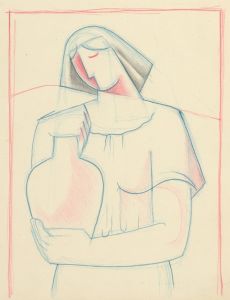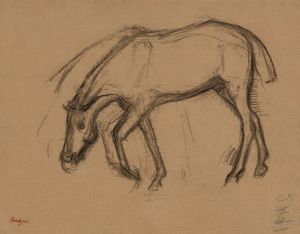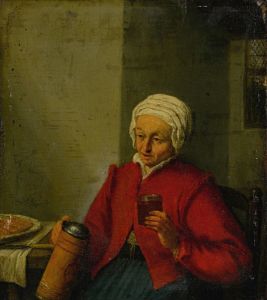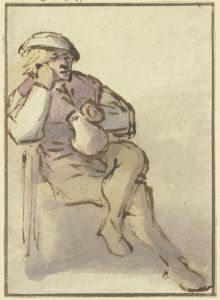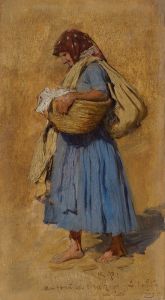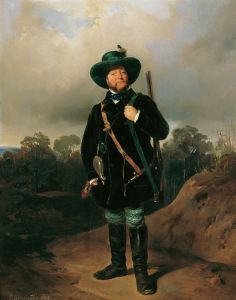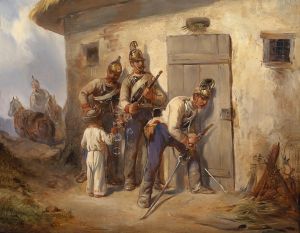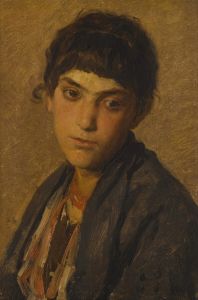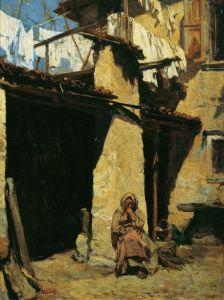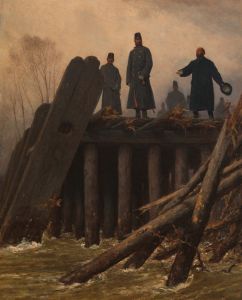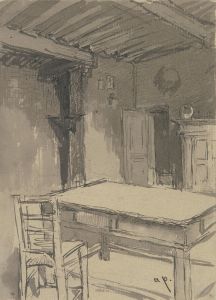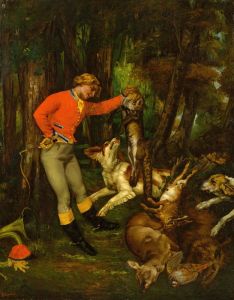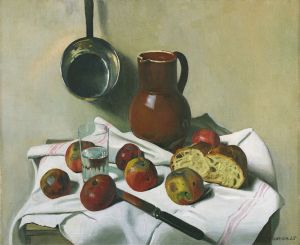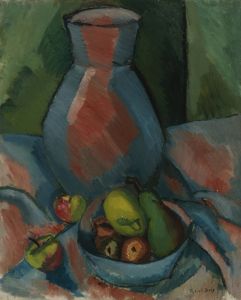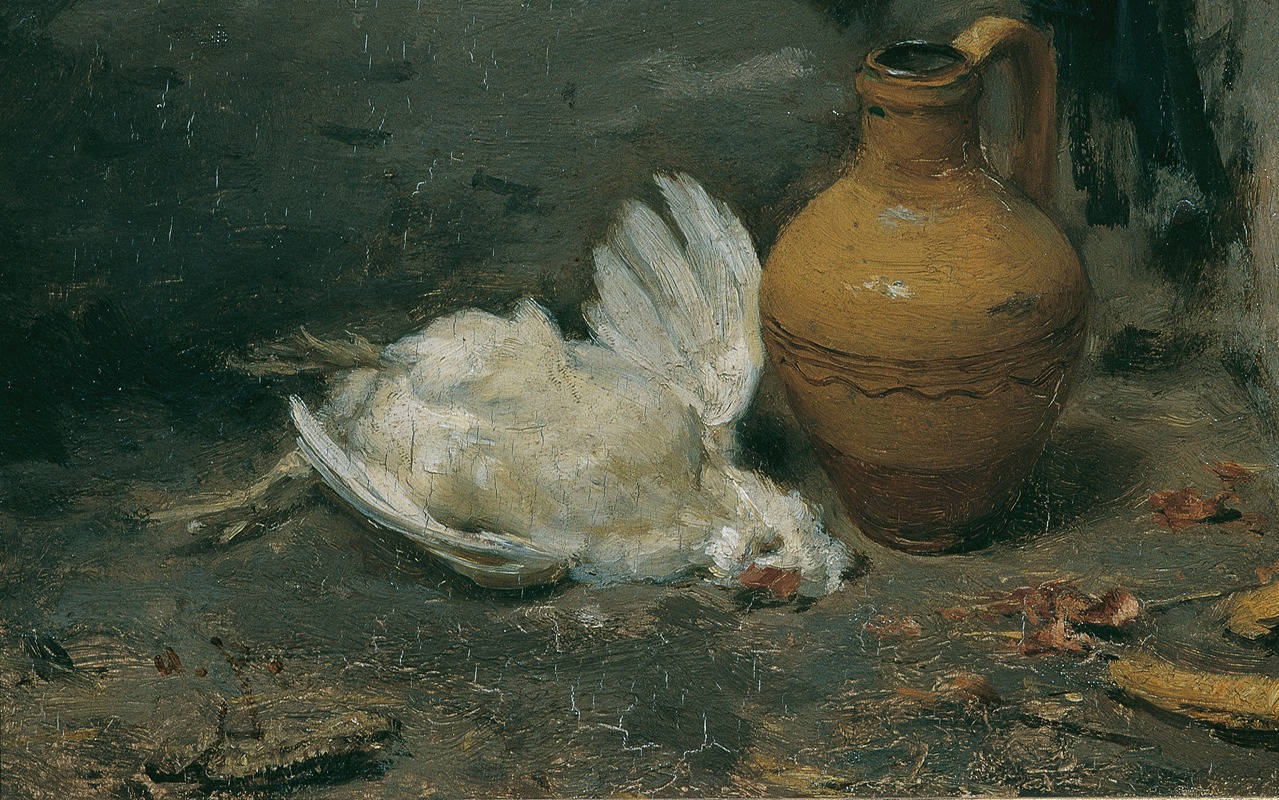
Stillleben mit totem Huhn und Krug
A hand-painted replica of August von Pettenkofen’s masterpiece Stillleben mit totem Huhn und Krug, meticulously crafted by professional artists to capture the true essence of the original. Each piece is created with museum-quality canvas and rare mineral pigments, carefully painted by experienced artists with delicate brushstrokes and rich, layered colors to perfectly recreate the texture of the original artwork. Unlike machine-printed reproductions, this hand-painted version brings the painting to life, infused with the artist’s emotions and skill in every stroke. Whether for personal collection or home decoration, it instantly elevates the artistic atmosphere of any space.
August von Pettenkofen was an Austrian painter known for his genre scenes and depictions of everyday life. His work often captured the essence of rural and urban life in the 19th century, with a particular focus on the people and landscapes of Hungary and Austria. One of his notable works is "Stillleben mit totem Huhn und Krug" (Still Life with Dead Chicken and Jug), which exemplifies his skill in still life painting.
"Stillleben mit totem Huhn und Krug" is a fine example of Pettenkofen's ability to bring ordinary objects to life through his meticulous attention to detail and composition. The painting features a dead chicken and a jug, arranged in a manner that highlights the textures and forms of the objects. The dead chicken, with its feathers meticulously rendered, is placed prominently in the composition, drawing the viewer's eye. The jug, likely made of ceramic or metal, complements the chicken with its contrasting smooth surface and reflective qualities.
Pettenkofen's use of light and shadow in this painting is particularly noteworthy. The way he captures the play of light on the chicken's feathers and the jug's surface adds a sense of realism and depth to the work. This attention to detail is characteristic of Pettenkofen's style, which often combines elements of realism with a subtle sense of atmosphere.
The painting also reflects the influence of the broader European art movements of the time, particularly the Realist movement, which sought to depict subjects truthfully and without idealization. Pettenkofen's focus on everyday objects and scenes aligns with the Realist ethos, and his work often provides insight into the lives and environments of ordinary people during the 19th century.
While Pettenkofen is primarily known for his genre scenes and depictions of Hungarian life, his still life paintings, such as "Stillleben mit totem Huhn und Krug," demonstrate his versatility as an artist. These works reveal his keen observational skills and his ability to imbue simple compositions with a sense of narrative and emotion.
August von Pettenkofen was born in Vienna in 1822 and studied at the Academy of Fine Arts in Vienna. His early work was influenced by the Biedermeier style, which emphasized detailed and realistic depictions of domestic life. However, his travels to Hungary in the 1850s had a significant impact on his artistic development, leading him to focus more on genre scenes and the depiction of rural life.
Throughout his career, Pettenkofen received numerous accolades and was well-regarded in artistic circles. His work was exhibited widely, and he became a member of the Vienna Künstlerhaus, an important association of artists. Despite his success, Pettenkofen remained dedicated to capturing the essence of everyday life, as evidenced by works like "Stillleben mit totem Huhn und Krug."
In summary, "Stillleben mit totem Huhn und Krug" is a testament to August von Pettenkofen's skill as a painter and his ability to elevate ordinary subjects through his art. The painting's attention to detail, use of light, and composition reflect the artist's commitment to realism and his interest in the world around him.





